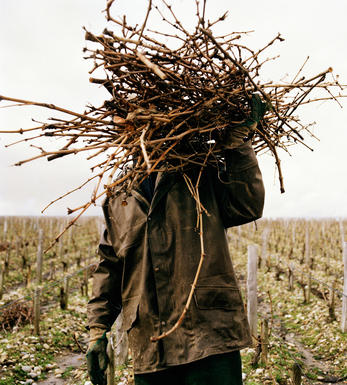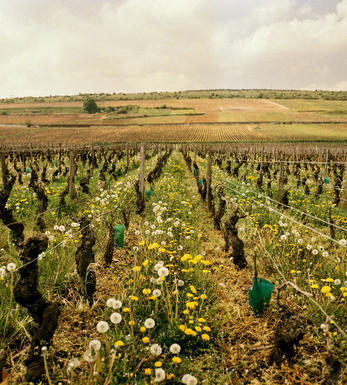
About this WINE

Domaine Romain Bouchard, Chablis
Romain Bouchard, 32 years old and eldest son of Pascal Bouchard, grower/producer in Chablis. After studying business in Paris and working with another prestigious wine producer for commercial experience, Romain joined his family's business in Chablis in 2000.
Once he completed his winemaking studies whilst assisting in the winemaking and sales at Pascal Bouchard Romain acquired Domaine de la Grande Chaume ; the domaine of 3.37 hectares (which before hand sold all their production as must) comprises of only two parcels of vines:
Chablis Premier Cru Vau de Vey : A large parcel of vines planted in 1979 and ideally facing east/south-east. It is located between of villages of Chablis and Beine, the vines are planted soil typical of the area, marl, limestone and Kimmeridgien clay.
A generic Chablis parcel of young vines on very chalky soil and on a steep slopes facing south/south-west, located on the right bank of the river Serein at Fonenay, near Chablis in a valley called “Grand Bois”.
Passionate and rigorous with a genuine feeling for viticulture and its respect for nature, Romain transferred his talents and philosophy directly to his winemaking. His wine is vinified, matured and bottled in the cellars of Pascal Bouchard in Chablis.
The Domaine has since 2007 begun an official conversion to organic viticulture.

Chablis Premier Cru
Chablis Premiers Crus are stylish, minerally wines which, typically, are less intense than the Grand Crus but finer and longer-lasting than basic Chablis. They are highly underrated with the better examples outclassing many a good village white Burgundy.
The vineyards cover 750 hectares, scattered across 15 communes on isolated slopes with good exposure. There are 17 principal Premiers Crus but in total 79 vineyards are eligible, with most of the lesser-known ones using a more familiar umbrella name on their label. The best flank the Grands Crus on the north bank of the River Serein, like Montée de Tonnerre (probably the best of all), Fourchaume and Mont de Milieu.
Those just south of Chablis, like Vaillons, Montmains (especially Les Forêts) and Côte de Léchet are also good. With the vineyard area having doubled since the 1970s, quality varies enormously so, as ever, the producer is key.
Styles also vary, with some maturing and fermenting in stainless steel for a purer, more minerally style, while others age and sometimes even ferment their wines in oak for extra complexity. The best examples reach their apogee at eight to 10 years, but are normally enjoyed long before then.
Recommended producers: Jean-Claude Bessin, Billaud-Simon, Séguinot-Bordet, J.-P. & Benoit Droin, Duplessis, Defaix

Chardonnay
Chardonnay is often seen as the king of white wine grapes and one of the most widely planted in the world It is suited to a wide variety of soils, though it excels in soils with a high limestone content as found in Champagne, Chablis, and the Côte D`Or.
Burgundy is Chardonnay's spiritual home and the best White Burgundies are dry, rich, honeyed wines with marvellous poise, elegance and balance. They are unquestionably the finest dry white wines in the world. Chardonnay plays a crucial role in the Champagne blend, providing structure and finesse, and is the sole grape in Blanc de Blancs.
It is quantitatively important in California and Australia, is widely planted in Chile and South Africa, and is the second most widely planted grape in New Zealand. In warm climates Chardonnay has a tendency to develop very high sugar levels during the final stages of ripening and this can occur at the expense of acidity. Late picking is a common problem and can result in blowsy and flabby wines that lack structure and definition.
Recently in the New World, we have seen a move towards more elegant, better- balanced and less oak-driven Chardonnays, and this is to be welcomed.



Buying options
Add to wishlist
wine at a glance
Delivery and quality guarantee